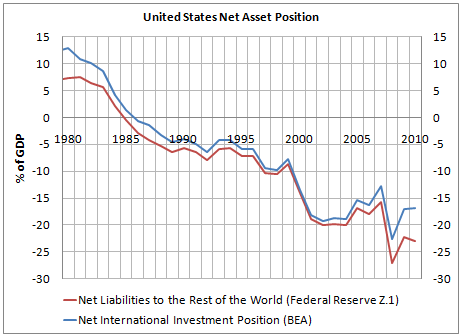Welcome to my blog!
This blog post is about the Great Recession, the imbalances which led to it, the use of Keynesian principles by governments of all nations to prevent a deep implosion and how and why the Keynesian mini-revolution didn’t last long. Suddenly, nobody is asking Are We Keynesians Now? and the economics profession has lost lines of communications with governments. Like a Guns ‘N Roses song that goes
What we’ve got here is failure to communicate, some men you just can’t reach.
Will it take another crisis to revive Keynesianism? While, the author is a die-hard Keynesian, he believes that fiscal policy alone cannot resolve the crisis. Governments are aware of this but government officials give only vague replies when taken to task.
The blog in general is/will be about an approach which has roots in the New Cambridge approach to studying economies and how it can be applied to find political economic solutions to put the world in a sustainable path of growth and achieve full employment. It is also about about the Post-Keynesian theory of Endogenous Money and the Stock Flow Coherent Approach. Using the blogosphere as a medium to satiate my crave to put forth my understanding of how economies work, I aim to make a difference. Post-Keynesians emphasize that monetary economies function differently from the chimerical neoclassical story and money cannot but be endogenous. I plan to take the reader into how the monetary and financial system works, the role of various sectors (individuals and institutions) in a demand-led process, their behaviour and what can be done to reverse sectoral imbalances that have built up.
Why Keynesianism was short-lived in the Great Recession is a difficult question to tackle in a single post. Before the 1970s, for many years, the world was run using Keynesian principles and suddenly it fell apart. To me, the situation right now is very reminiscent of what went on during the 70s and the 80s (I am not that old!).
Francis Cripps wrote this brilliantly in a 1983 article What Is Wrong With Monetarism [1]
The conclusion which has to be drawn is that, if a modern economic system is to function properly, a mechanism is required for the management of aggregate demand. Now it happens that the need for management of aggregate demand within a closed national economy can be met rather easily. It is easily met because national economies have an institution called the state which is unique in that it has virtually unlimited powers of credit creation or borrowing (or would have within a closed national economy). Keynesians gave up at this point, thinking that once the need for demand management had been pointed out, and the possibility for demand management by a national government had been understood, the problem of demand management was solved once and for all. Unfortunately, there is no such thing as the state in the contemporary international economy at the international level and the absence of the state as such at the international level is, I believe, a sufficient explanation of why the world economy has run into serious problems of recession …
… The important point is rather that in an international economy the possibilities of national demand management are strictly limited. They are limited by problems of balance of payments adjustment and international finance. Governments that wish to regulate national demand so as to sustain full employment run into problems of increasing trade deficits and, in economics with liberal exchange regimes, loss or confidence and outflows of capital. It is actual or potential balance of payments crises which have been decisive in breaking the habit or Keynesian demand management at the national level. Many national governments are still trying but they are trying under difficulties and they are frightened of balance of payments problems that would result if they tried too hard.
Further, as Francis Cripps concluded, in that brilliant article,
… [U]ntil the economists in our society get around to tackling this problem, we risk being stuck with periods of long recession, even if we are occasionally and accidentally favoured with periods of world boom.
In the book From Keynesianism To Monetarism: The Evolution Of UK Macroeconometric Models [2], Peter Kenway writes:
… There is, however, a greater sense in which the development of the Cambridge Group in that period is more important than the model that came to represent them. That sense stems from the historical significance of those ideas…. the ideas were therefore more ‘anti-Keynesian’ than ‘Keynesian’… what makes the anti-Keynesian views of the 1970s Cambridge Economic Policy Group so significant is that they grew out of the very heart of Keynesianism itself …
… On the one hand, as far as the goals it espoused are concerned, of full employment, of steady growth and of government’s responsibility to pursue these ends, the Group’s commitment to Keynesianism never wavered. But on the other hand, as far as the practice of Keynesianism was concerned, and especially the conceptualization of the reasons for the increasing and evident failure of that practice, the Policy Group not only was part of, but in some respects actually led the revolution against Keynesianism in the UK …
(No) Conclusion
Think my blog posts should be short, but this being the introduction needed to longer. Come back for some Kaldorian Monetary Economics!
References
- Francis Cripps, What Is Wrong With Monetarism, pp 55-68, Monetarism Economic Crisis And The Third World, ed. Karel Jansen, Frank Cass, 1983.
- Peter Kenway, p 92, From Keynesianism To Monetarism: The Evolution Of UK Macroeconometric Models, Routledge, 1994 (2011 reprint).
